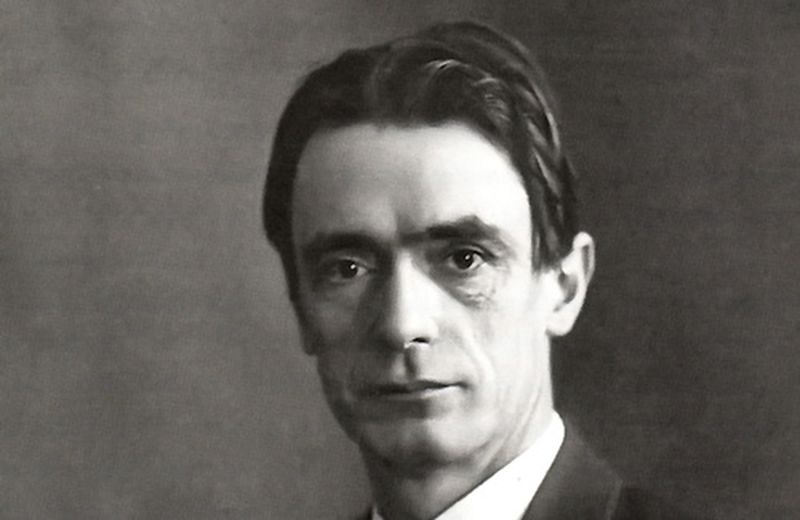Understanding Anthroposophical Medicine
Rudolf Steiner inaugurated it, Dr. Ita Wegman, in 1920, developed the medical system. In some states it is integrated into public health systems, in Italy there are several clinics and therapy centers based on this extension of the medical art. We are talking about anthroposophic medicine: history, useful information, real data

Anthroposophical medicine is an extension of conventional medicine, a form of integration that affects the therapeutic strategy and the medicines used. The aim of this medicine is to place illness and healing within an individual and social biographical context and to foster a type of research that focuses on maintaining health , together with the aim of spreading a sense of enhancement . of the individual and responsibility for their own health .
Rudolf Steiner and Ita Wegman, parents of anthroposophical medicine
The son of an Austrian stationmaster, Rudolf Steiner , father of anthroposophy, spends his youth in various places in Austria; in a period of training, he combines the study of mathematics and science with the attendance of courses in literature and poetry, as well as teaching privately to a retarded boy until he reaches maturity. Rudolf Steiner, who saw man as a conscious and free individual , left an immense work, in terms of content and vastness. his books and articles form the basis for the “anthroposophically oriented science of the spirit” .
Ita Wegman, Steiner’s colleague, 15 years younger than him, continues her spiritual quest. Much of Ita Wegman’s activity spills over into the preliminaries of this new medical direction, into clinical institutes , into the educational centers she founded and promoted and into research in the pharmaceutical field . Her rich activity in the medical field has placed therapy on completely new bases compared to those established in medicine in recent centuries, although it is not entirely understandable if one leaves aside the type of anthropological and cosmological investigation initiated by Rudolf Steiner.
Understanding Anthroposophical Medicine
In short, the cure as a daily and responsible path; drugs, therefore, not as dehumanizing elements, but real specific anthroposophic medicines , drawn from the kingdoms of nature, according to a principle of evolutionary affinity, based on the rules of the official pharmacopoeia, on the experience of anthroposophic doctors and on compliance with the rules of good manufacturing and the professional ethics of pharmacists.
By definition, anthroposophical medicine is integrated, that is, it conceives the object of its research, man, as an inseparable unity of body, soul and spirit. In this sense, healing the disease is not a gesture comparable to a single, isolated action, an action that requires a positive reaction that is possibly also immediate. Healing someone, from an anthroposophical point of view, means sharing their inner universe, touching their physical and less tangible parts.
























+ There are no comments
Add yours